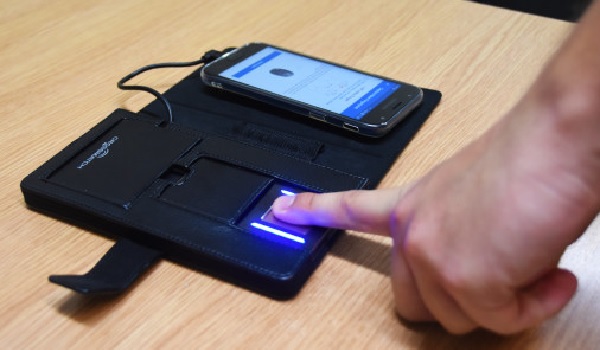Drink-drive evidence is electronic
Since introducing a computerised evidential drink-drive testing process, the PSNI has improved operational productivity and has a 100 per cent success rate against challenges on testing procedures.

Since introducing a computerised evidential drink-drive testing process, the PSNI has improved operational productivity and has a 100 per cent success rate against challenges on testing procedures.
The Police Service of Northern Ireland (PSNI) covers a population of around 1.7 million across an area of 5,345 square miles. The service was aware that many drink-drive cases were being contested because of mistakes made by officers during the complex testing procedure. The drink-drive process contains multiple options and routes so the demanding circumstances around an incident, combined with tiredness and other distractions, could easily lead to mistakes. PSNI chose to install STLs LiBiS system which automates the entire drink-drive procedure to eliminate human error.
LiBiS ensures that drink-drive procedures are carried out consistently and accurately by providing officers with the requisite decision points, warnings, actions and prompts, as well as keeping an evidential log of the process required to ensure a successful prosecution. The data is stored electronically so each file is secure, easy to retrieve and read, and only the relevant pages need to be printed, reducing time and paper wastage.
Constable John Garrett, PSNI Traffic Training, comments: We are delighted with the way it works operationally as it saves time by speeding up the drink-drive procedure and avoiding duplicate data entry and can deal with any situation however complex.
PSNI uses LiBiS at all its operational stations across Northern Ireland and has trained over 3,500 officers to date.
Constable Garrett explains the rationale behind choosing the system: One of the attractions of LiBiS was that it offered full compatibility with our breath-test input system. LiBiS works intelligently with the Lion 6000 Intoxilyzers, picks up the appropriate reading and then guides the officer down the correct procedural path. It shares all relevant data, so it doesnt need to be entered twice and will even check that the instruments are working correctly.
PSNI, which has been using LiBiS since 1998, prosecutes around 3,500 drink-drivers every year. Inspector Rosemary Leech, PSNI Road Policing Unit, highlights one of the core benefits of the system: Since introducing LiBiS, to the best of my knowledge, weve never lost a case on procedure which used to be a common loophole for solicitors to exploit. The reliable combination of LiBiS and the Lion 6000 Intoxilyzer means that it is accepted among the legal profession that the drink-drive procedure is correct and there is no point in challenging it.
LiBiS provides a full audit trail of the drink-drive process and key decision points to support prosecutions, so that any disputes can be easily addressed. This supports the Crown Prosecution Service (CPS) drive for 100 per cent prosecution success rate in court.
Insp Leech adds: My feeling is that anybody who is recorded as being over the legal limit for alcohol shouldnt be behind the wheel of a car. For people to avoid a prosecution for this crime, it is one of the hardest for a police officer to take.
As well as ensuring the drink-drive process is adhered to, LiBiS offers police forces access to management information as it captures key data. PSNI is able to generate statistics around the number and types of drink-driving incidents, which can be used as a comparison against previous years, as well as help create the typical profile of offenders, including age, sex and ethnicity. The figures are invaluable for providing input into strategy documents on areas such as road safety and educational programmes, explains Insp Leech. Also, the media frequently ask for crime figures so its useful to be able to provide them with accurate data.
PSNI first installed LiBiS 12 years ago. Constable Garrett, who has been involved since the outset, describes his relationship with STL: Ive worked closely with the LiBiS software team since the beginning of the project and if I ever have any issues Im able to speak dire


